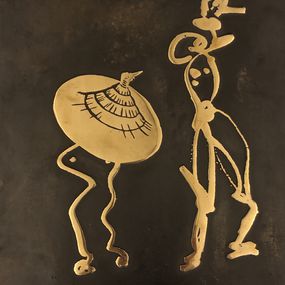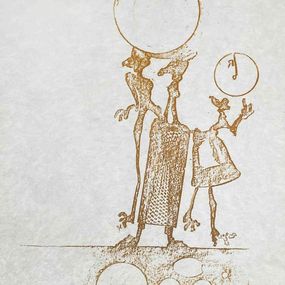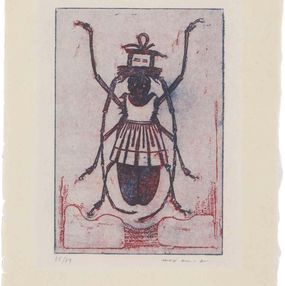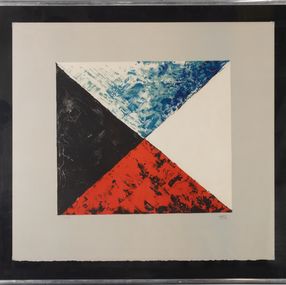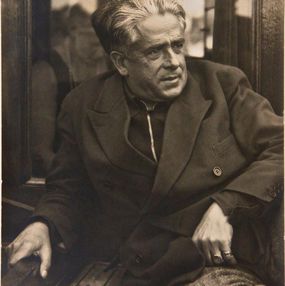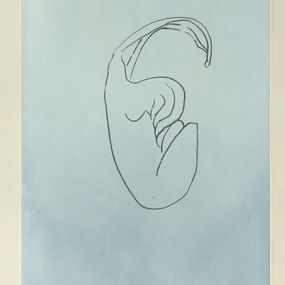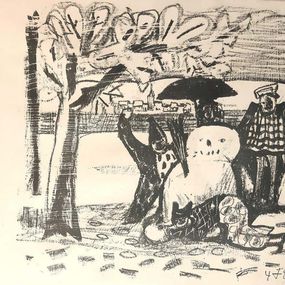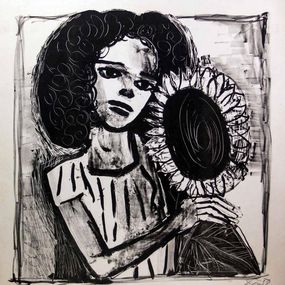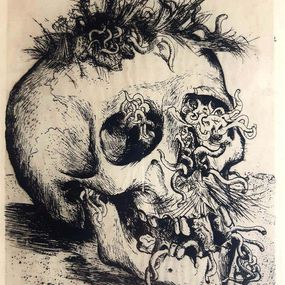
Dada
Dada or Dadaism was an art movement of the European avant-garde in the early 20th century. Dada was an informal international movement, with participants in Europe and North America. A regionalized movement, its centers included Berlin (1912), the Cabaret Voltaire in Zürich (1916), New York (1917) and Paris (1920). The beginnings of Dada correspond with the outbreak of World War I. Dadaist activities lasted until the mid 1920s.
The roots of Dada lie in the pre-war avant-garde. The term anti-art, a precursor to Dada, was coined by Marcel Duchamp around 1913 to characterize works that challenge accepted definitions of art. Developed in reaction to World War I, the Dada movement consisted of artists who rejected the logic, reason, and aestheticism of modern capitalist society, instead expressing irrationality and anti-bourgeois protest in their art. The movement spanned visual, literary, and sound media, including collage, sound poetry, writing, and sculpture. Dadaist artists expressed their discontent toward violence, war, and nationalism, and maintained political affinities with the radical left-wing. Cubism and the development of collage and abstract art would inform the movement's detachment from the constraints of reality and convention. The work of French poets, Italian Futurists and the German Expressionists would influence Dada's rejection of the tight correlation between words and meaning. The Dada movement's principles were first collected in Hugo Ball's Dada Manifesto in 1916.
Key figures in the movement included Hugo Ball, Marcel Duchamp, Otto Dix, Max Ernst, Elsa von Freytag-Loringhoven and Man Ray, among others. The movement influenced later styles like the avant-garde and downtown music movements, and groups including Surrealism, nouveau réalisme, pop art and Fluxus.







